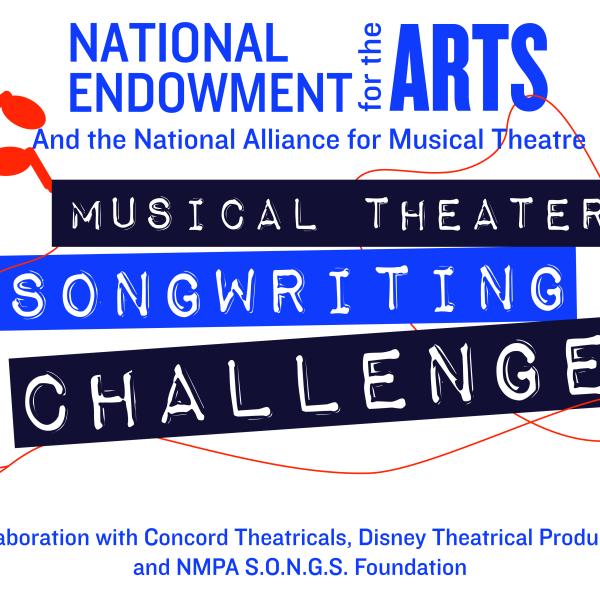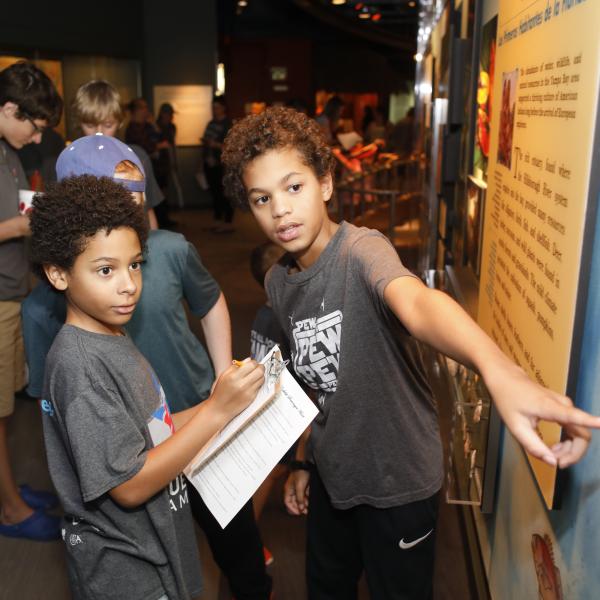NEA Announces New Research Note on Artists in the Workforce
There are 2.1 million artists in the United States workforce, and a large portion of them -- designers -- contribute to industries whose products Americans use every day, according to new research from the National Endowment for the Arts. Artists and Arts Workers in the United States offers the first combined analysis of artists and industries, state and metro employment rates, and new demographic information such as age, education levels, income, ethnicity, and other social characteristics.
This latest report builds on earlier NEA research -- Artists in the Workforce: 1990 - 2005 -- which identified key traits that differentiated artists from other U.S. workers. That report found artists to be entrepreneurial (more likely to be self-employed) and more educated than the workforce at large. This latest research confirms those earlier conclusions and shares new data about the working artist. Among the key findings:
There are 2.1 million artists in the United States. They make up 1.4 percent of the total workforce, and 6.9 percent of the professional workforce (artists are classified as "professional workers").
- More than one-third of artists in the survey (39 percent, or 829,000 workers) are designers (such as graphic, commercial, and industrial designers, fashion designers, floral designers, interior designers, merchandise displayers, and set and exhibit designers.)
- Performing artists make up the next largest category (17 percent). In addition, each of the following occupations make up 10 percent of all artists: fine artists, art directors, and animators; writers and authors; and architects.
- Between 2000 and 2009, the artist labor force increased by 5 percent while the civilian labor force grew by nearly 8 percent. (i)
- More than half of artists (54 percent) work in the private, for-profit sector; 35 percent are self-employed.
- One in three artists (34 percent) works in the "professional, scientific, and technical services" sector, which includes architectural and design firms, advertising agencies and consulting firms, and companies offering computer or photographic services.
- One in five (18 percent) of artists work in the "performing arts, spectator sports, and independent artists" category, including more than half (53 percent) of all musicians.
- Fourteen percent of all artists (73 percent of producers and directors, 23 percent of actors, and 20 percent of writers and authors) work in "information" industries, such as the motion picture, video, and broadcasting industries, or newspaper, book, or directory publishing.
- Women artists earn $0.81 cents for every dollar earned by men artists. This gap is similar to that in the overall labor force (where women earn $0.80 cents for every dollar earned by men); professional women earn even less -- $0.74 for every dollar earned by professional men. (ii)
- Artists' median wages and salaries ($43,000 in 2009) are higher than the median for the whole labor force ($39,000). Yet artists as a whole earn far less than the median wage of the "professional" category of workers ($54,000), to which they belong. Architects make the highest median wage ($63,000), while workers who are classified as "other entertainers" had the lowest ($25,000). (iii)
- Artists are less socioeconomically and demographically diverse than the total U.S. workforce, yet diversity levels vary across individual artist occupations.
- While artists as a whole are less likely to be foreign-born than other U.S. workers, some of the highest-paid artist occupations have the highest rates of foreign-born workers. Architects and designers are the most likely to be foreign-born (14 to 16 percent, roughly the same as the U.S. workforce).
- Artists work at home at more than three times the rate of the total labor force (15 versus 4 percent).
- Artists are just as likely to be married as the general workforce (53-54 percent).
- New York and California have the highest numbers of artists in the U.S. Oregon and Vermont have 20 percent greater-than-average numbers of artists, with writers and authors especially prominent. Colorado, Connecticut, Hawaii, Maryland, Massachusetts, Minnesota, Nevada, New Jersey, Washington, and Rhode Island outdo the national average.
- In Tennessee, 22 percent of all working artists are musicians.
- Minnesota, New York, Massachusetts, and New Jersey have the most workers in the book publishing industry. (iv)
- The San Jose, California metro area has the highest level of employment in industrial design services -- more than 3 times the U.S. average. (v)
Related Content
Contact
Sally Gifford
202-682-5606
giffords@arts.gov




